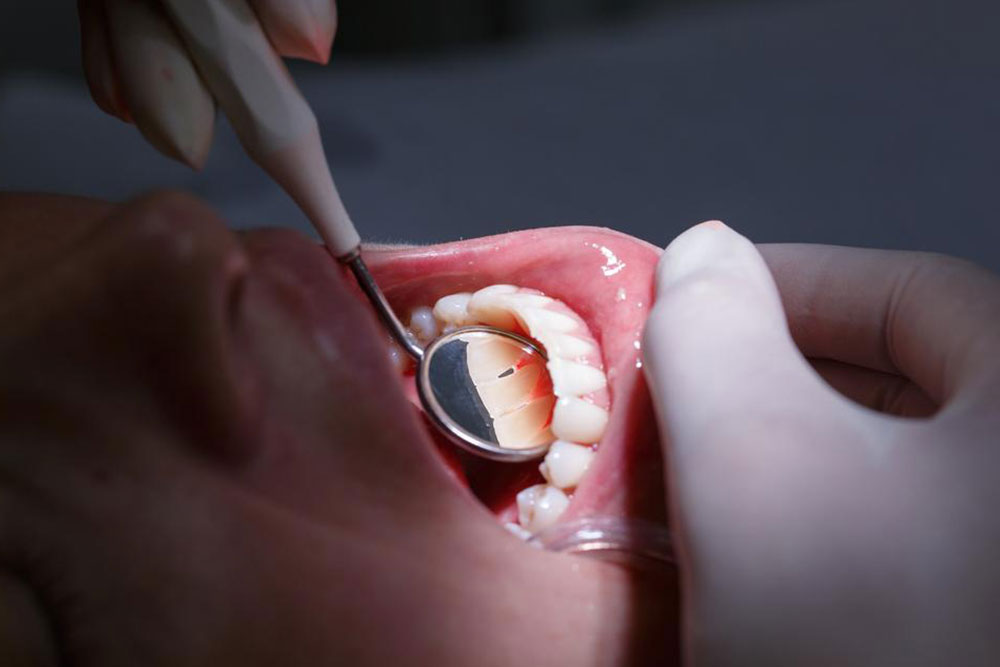Identifying Risk Factors for Receding Gums
This article highlights key risk factors for receding gums, emphasizing the importance of proper oral hygiene, avoiding harmful habits like smoking and teeth grinding, and regular dental visits. Understanding these factors can help prevent or reverse gum recession, promoting overall health. Genetic predisposition and lifestyle choices are significant, and early intervention can preserve gum health and prevent costly treatments.

Understanding Who Is Prone to Receding Gums
Gum health is vital not only for the mouth but also for overall wellness. When food debris remain on teeth after eating, they can form plaque, leading to toxins that irritate and inflame the gums. This process may develop into periodontal disease, affecting tissues around the teeth, including the cementum, periodontal ligament, and alveolar bone. Those with periodontal issues are more susceptible to cardiovascular and respiratory illnesses.
Smoking significantly increases the risk of gum recession. For current smokers, the condition can worsen rapidly, sometimes requiring costly surgical interventions that are often irreversible.
Additionally, habitual teeth grinding and clenching can lead to gum recession. Addressing these habits consciously is crucial in preventing further damage.
Ceasing these harmful behaviors promptly can help in reversing early gum recession. In many cases, genetics also play a role, but maintaining proper oral hygiene, avoiding damaging foods and habits, and adhering to a healthy diet can support gum health. Proper oral care includes brushing twice daily with correct technique, flossing, rinsing after meals, and spending at least two minutes brushing. Visiting your dentist regularly is essential, even when no issues are present, as routine check-ups aid in early detection and reversal of gum recession.










